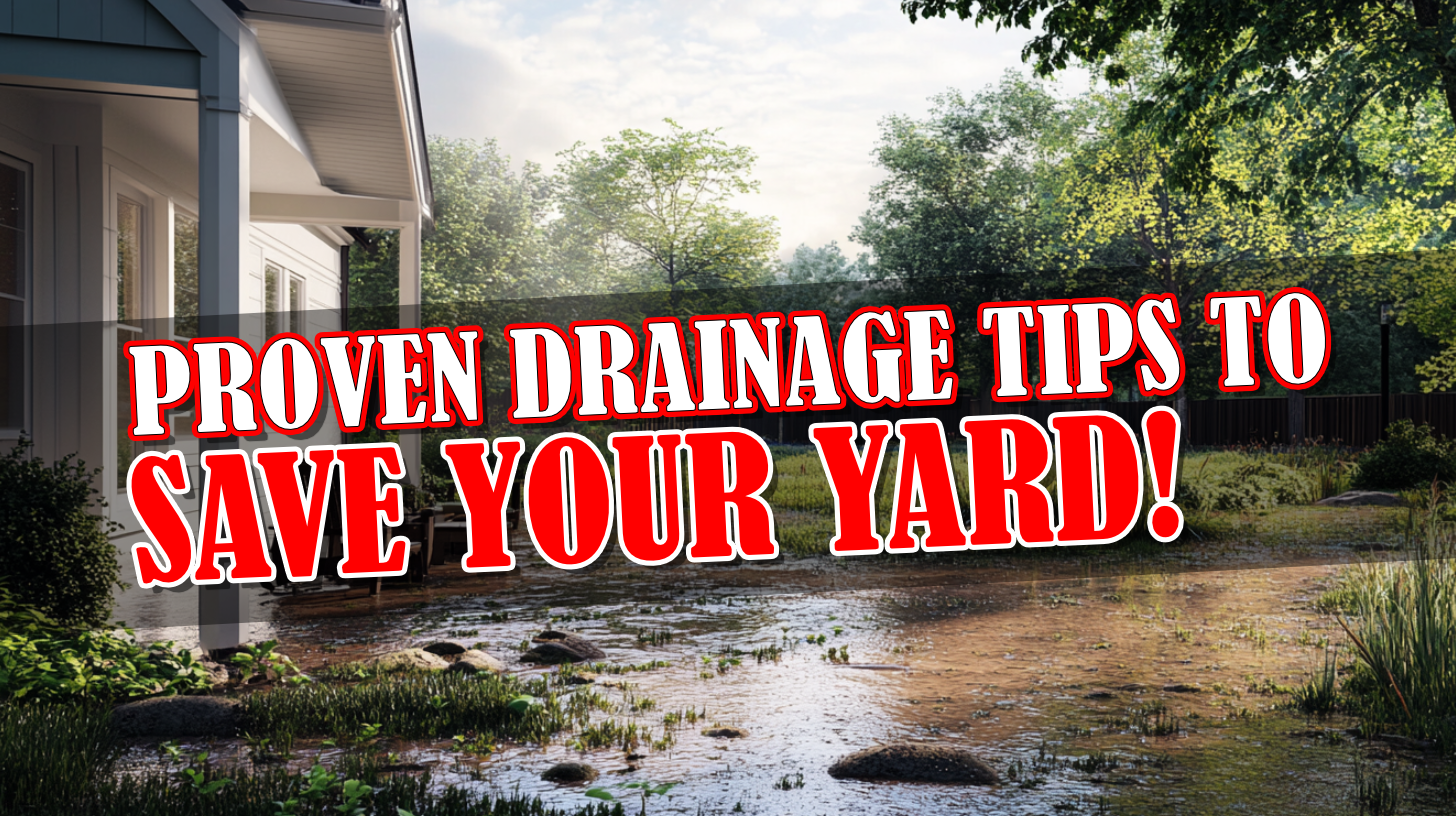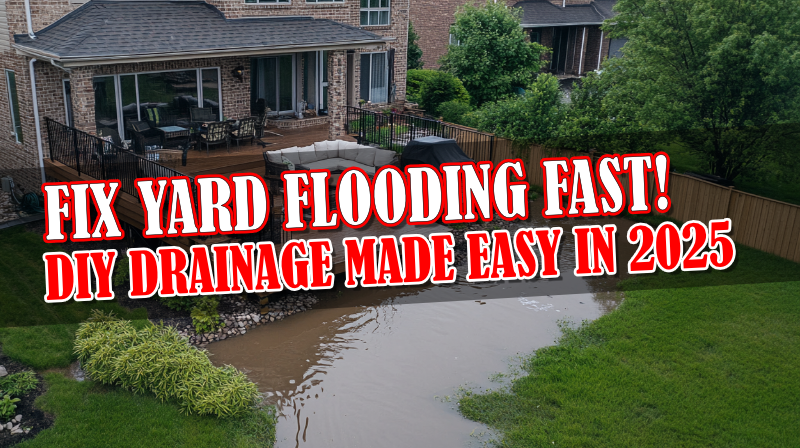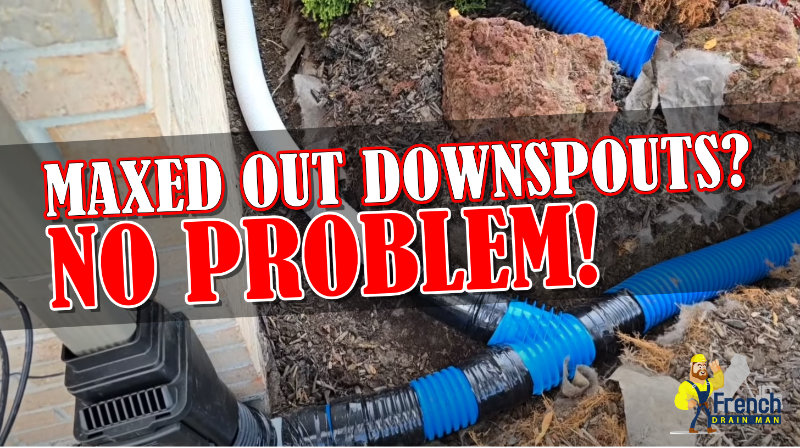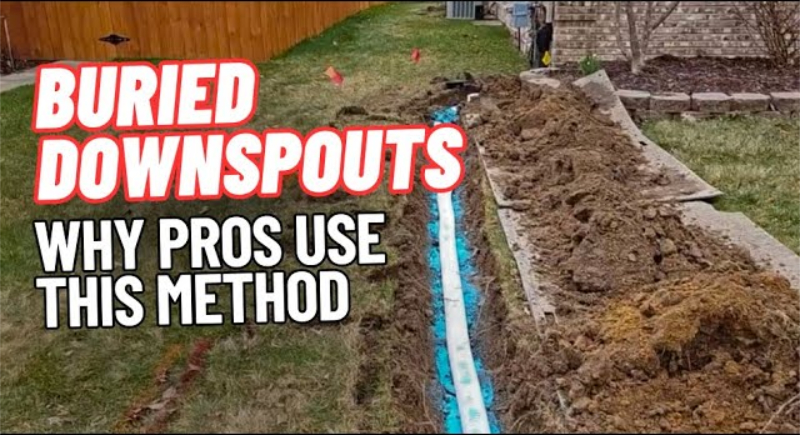How to Determine the Correct Size of a Dry Well
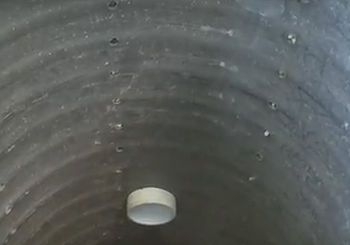 How to size a dry well. You have to factor in the percolation of the soil, how well it percolates. If you have slow percolating soil, you’re going to get a bigger dry well so that it acts as a reservoir when you collect the water and then it could take days for it to percolate into the subsoils.
How to size a dry well. You have to factor in the percolation of the soil, how well it percolates. If you have slow percolating soil, you’re going to get a bigger dry well so that it acts as a reservoir when you collect the water and then it could take days for it to percolate into the subsoils.
Here, we had really good percolation. We had great percolation, so we went five feet deep. We didn’t need to go any deeper than that. Here in Michigan, that’s our standard. We shoot for that. We want to go five feet deep so that doesn’t freeze.
Now, this is a sump pump line. That white pipe you see that’s PVC schedule 44 inch. I like to go with four-inch because it’s really, really strong. Anytime you increase the diameter of any material, you increase the strength. I know that it’s the code to run three inch and I’m overkilling it, running four inch, but I’ve seen collapses. I’ve seen tree roots crush the three inch. I’ve seen a lot of different things, so I like to schedule 40 in a four inch. I’m willing to pay a few more bucks to give my clients a better system.
But how to size a drywall? It depends on how well your soil percolates and how much water you’re managing. This sum pump hardly ever runs and we have great soil percolation here because it’s the sandy soil, so this doesn’t have to be a very big dry well. Five feet deep here and we have a bunch of half-inch holes drilled down the side wall and there’s a bunch of six A stone around it and of course, it’s filter wrapped so that the sand doesn’t mix with our stone and everything that you see.
If you subscribe to our channel and you see how we build our French drain systems, we’re using all the same materials, the same fabrics, the same drainage stones.
For a dry well built and southeastern Michigan give us a call at 248-505-3065.





